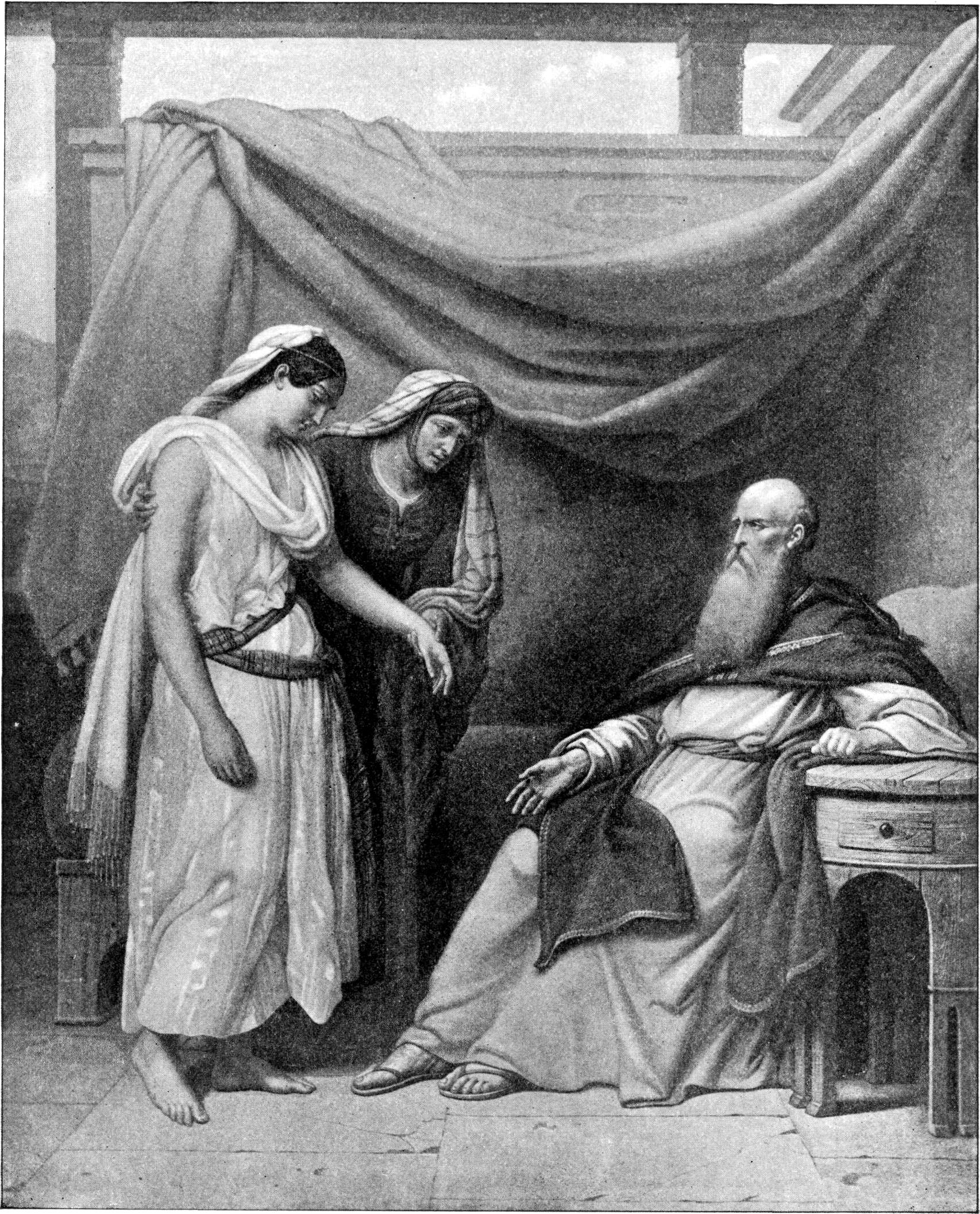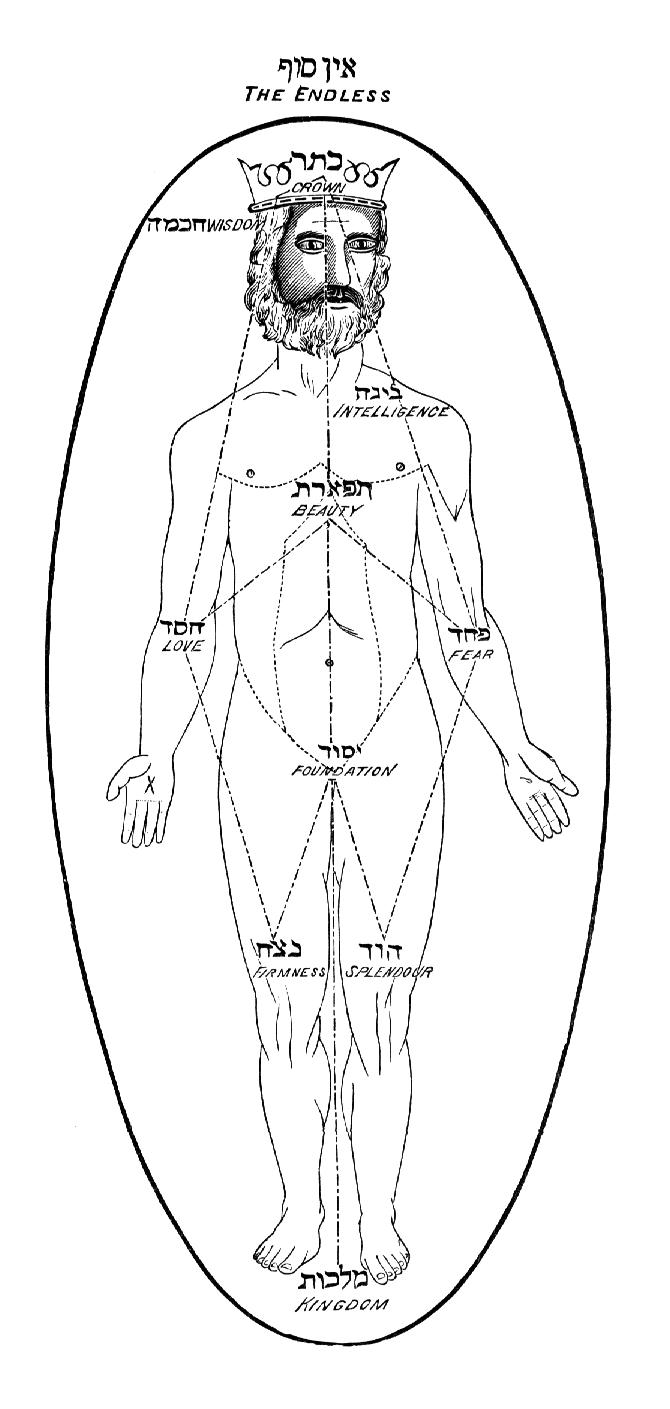|
Elchasaites
The Elcesaites, Elkasaites, Elkesaites or Elchasaites were an ancient Jewish Christian sect in Lower Mesopotamia, then the province of Asoristan in the Sasanian Empire that was active between 100 and 400 CE. The members of this sect, which originated in the Transjordan, performed frequent baptisms for purification and had a Gnostic orientation. The name of the sect derives from the alleged founder, Elkhasaí ( in Hippolytus), Elksai ( in Epiphanius), or Elkesai ( in Eusebius, and Theodoret). Patristic testimony The sect is directly mentioned only in the commentaries on "heresies" by Early Church Fathers. Hippolytus () Hippolytus of Rome (''Refutation of All Heresies'', IX, 8–13) records that in the time of Pope Callixtus I (217–222 AD), a Jewish Christian called Alcibiades of Apamea came to Rome, bringing a book which he said had been received in Parthia by a just man named Elchasai. According to Alcibiades, the book had been revealed by an angel high (337,920 cubits), bro ... [...More Info...] [...Related Items...] OR: [Wikipedia] [Google] [Baidu] |
Jewish Christian
Jewish Christians were the followers of a Jewish religious sect that emerged in Roman Judea during the late Second Temple period, under the Herodian tetrarchy (1st century AD). These Jews believed that Jesus was the prophesied Messiah and they continued their adherence to Jewish law. Jewish Christianity is the historical foundation of Early Christianity, which later developed into Nicene Christianity (which comprises the Roman Catholic, Eastern Orthodox, Oriental Orthodox, and Protestant traditions) and other Christian denominations. Christianity started with Jewish eschatological expectations, and it developed into the worship of Jesus as the result of his earthly ministry in Galilee and Jerusalem, his crucifixion, and the post-resurrection experiences of his followers. Jewish Christians drifted apart from Second Temple Judaism, and their form of Judaism eventually became a minority strand within mainstream Judaism, as it had almost disappeared by the 5th centur ... [...More Info...] [...Related Items...] OR: [Wikipedia] [Google] [Baidu] |
Son Of God
Historically, many rulers have assumed titles such as the son of God, the son of a god or the son of heaven. The term "Son of God" is used in the Hebrew Bible as another way to refer to humans who have a special relationship with God. In Exodus, the nation of Israel is called God's firstborn son. Solomon is also called "son of God". Angels, just and pious men, and the kings of Israel are all called " sons of God." In the New Testament of the Christian Bible, "Son of God" is applied to Jesus on many occasions. On two occasions, Jesus is recognized as the Son of God by a voice which speaks from Heaven. Jesus explicitly and implicitly describes himself as the Son of God and he is also described as the Son of God by various individuals who appear in the New Testament.''One teacher: Jesus' teaching role in Matthew's gospel'' by John Yueh-Han Yieh 2004 pages 240–241Dwight Pentecost ''The words and works of Jesus Christ'' 2000 page 234''The International Standard Bible Encycl ... [...More Info...] [...Related Items...] OR: [Wikipedia] [Google] [Baidu] |
Patriarchs (Bible)
The patriarchs ( ''Ab (Semitic), ʾAvot'', "fathers") of the Bible, when narrowly defined, are Abraham, his son Isaac, and Isaac's son Jacob, also named Israel, the ancestor of the Israelites. These three figures are referred to collectively as "the patriarchs", and the period in which they lived is known as the patriarchal age. Judaism, Christianity, and Islam hold that the patriarchs, along with their primary wives, known as the #Matriarchs, matriarchs (Sarah, Rebekah and Leah), are entombed at the Cave of the Patriarchs, a site held holy by the three religions. Rachel, Jacob's other wife, is said to be buried separately at what is known as Rachel's Tomb, near Bethlehem, at the site where she is believed to have died in childbirth. More widely, the term patriarchs can be used to refer to the twenty male ancestor-figures between Adam and Abraham. The first ten of these are called the antediluvian patriarchs, because they came before Genesis flood narrative, the Flood. By the ... [...More Info...] [...Related Items...] OR: [Wikipedia] [Google] [Baidu] |
Animal Sacrifice
Animal sacrifice is the ritual killing and offering of animals, usually as part of a religious ritual or to appease or maintain favour with a deity. Animal sacrifices were common throughout Europe and the Ancient Near East until the spread of Christianity in Late Antiquity, and continue in some cultures or religions today. Human sacrifice, where it existed, was always much rarer. All or only part of a sacrificial animal may be offered; some cultures, like the Ancient Greeks ate most of the edible parts of the sacrifice in a feast, and burnt the rest as an offering. Others burnt the whole animal offering, called a Holocaust (sacrifice), holocaust. Usually, the best animal or best share of the animal is the one presented for offering. Animal sacrifice should generally be distinguished from the religiously prescribed methods of ritual slaughter of animals for normal consumption as food. During the Neolithic Revolution, early humans began to move from hunter-gatherer cultures toward ... [...More Info...] [...Related Items...] OR: [Wikipedia] [Google] [Baidu] |
Jerusalem
Jerusalem is a city in the Southern Levant, on a plateau in the Judaean Mountains between the Mediterranean Sea, Mediterranean and the Dead Sea. It is one of the List of oldest continuously inhabited cities, oldest cities in the world, and is considered Holy city, holy to the three major Abrahamic religions—Judaism, Christianity, and Islam. Both Israel and Palestine claim Jerusalem as their capital city; Israel maintains its primary governmental institutions there, while Palestine ultimately foresees it as its seat of power. Neither claim is widely Status of Jerusalem, recognized internationally. Throughout History of Jerusalem, its long history, Jerusalem has been destroyed at least twice, Siege of Jerusalem (other), besieged 23 times, captured and recaptured 44 times, and attacked 52 times. According to Eric H. Cline's tally in Jerusalem Besieged. The part of Jerusalem called the City of David (historic), City of David shows first signs of settlement in the 4th ... [...More Info...] [...Related Items...] OR: [Wikipedia] [Google] [Baidu] |
Cult Image
In the practice of religion, a cult image is a Cultural artifact, human-made object that is venerated or worshipped for the deity, Spirit (supernatural entity), spirit or Daimon, daemon that it embodies or represents. In several traditions, including the ancient religions of Ancient Egypt, Egypt, Ancient Greece, Greece and Rome, and Hinduism, cult images in a temple may undergo a daily routine of being washed, dressed, and having food left for them. Processions outside the temple on special feast days are often a feature. Religious images cover a wider range of all types of images made with a religious purpose, subject, or connection. In many contexts "cult image" specifically means the most important image in a temple, kept in an inner space, as opposed to what may be many other images decorating the temple. The term idol is an image or representation of a god used as an object of worship, while idolatry is the worship of an "idol" as though it were God. Ancient Near East and E ... [...More Info...] [...Related Items...] OR: [Wikipedia] [Google] [Baidu] |
Essenes
The Essenes (; Hebrew: , ''ʾĪssīyīm''; Greek: Ἐσσηνοί, Ἐσσαῖοι, or Ὀσσαῖοι, ''Essenoi, Essaioi, Ossaioi'') or Essenians were a mystic Jewish sect during the Second Temple period that flourished from the 2nd century BCE to the 1st century CE. The Essene movement likely originated as a distinct group among Jews during Jonathan Apphus's time, driven by disputes over Jewish law and the belief that Jonathan's high priesthood was illegitimate. Most scholars think the Essenes seceded from the Zadokite priests. They attributed their interpretation of the Torah to their early leader, the Teacher of Righteousness, possibly a legitimate high priest. Embracing a conservative approach to Jewish law, they observed a strict hierarchy favoring priests (the Sons of Zadok) over laypeople, emphasized ritual purity, and held a dualistic worldview. According to Jewish writers Josephus and Philo, the Essenes numbered around four thousand, and resided in various ... [...More Info...] [...Related Items...] OR: [Wikipedia] [Google] [Baidu] |
Eusebius
Eusebius of Caesarea (30 May AD 339), also known as Eusebius Pamphilius, was a historian of Christianity, exegete, and Christian polemicist from the Roman province of Syria Palaestina. In about AD 314 he became the bishop of Caesarea Maritima. Together with Pamphilus, Eusebius was a scholar of the biblical canon and is regarded as one of the most learned Christians during late antiquity. He wrote the ''Demonstrations of the Gospel'', '' Preparations for the Gospel'' and ''On Discrepancies between the Gospels'', studies of the biblical text. His work '' Onomasticon'' is an early geographical lexicon of places in the Holy Land mentioned in the Bible. As "Father of Church History" (not to be confused with the title of Church Father), he produced the ''Ecclesiastical History'', ''On the Life of Pamphilus'', the ''Chronicle'' and ''On the Martyrs''. He also produced a biographical work on Constantine the Great, the first Christian Roman emperor, who was ''Augustus'' between A ... [...More Info...] [...Related Items...] OR: [Wikipedia] [Google] [Baidu] |
Adolf Bernhard Christoph Hilgenfeld
Adolf Bernhard Christoph Hilgenfeld (2 June 182312 January 1907) was a German Protestant theologian. Biography He was born at Stappenbeck near Salzwedel in the Province of Saxony. He studied at the Friedrich Wilhelm University in Berlin and the University of Halle, and in 1890 became ''professor ordinarius'' of theology at the University of Jena. He belonged to the Tübingen school. Fond of emphasizing his independence of Ferdinand Christian Baur Ferdinand Christian Baur (; 21 June 1792 – 2 December 1860) was a German Protestant theologian and founder and leader of the (new) Tübingen School of theology (named for the University of Tübingen where Baur studied and taught). Following Hege ..., he still, in all important points, followed in the footsteps of his master; his method, which he is wont to contrast as ''Literarkritik'' with Baur's ''Tendenzkritik'', "is nevertheless essentially the same as Baur's."Otto Pfleiderer, ''The Development of Theology in Germany Since K ... [...More Info...] [...Related Items...] OR: [Wikipedia] [Google] [Baidu] |
Adolf Von Harnack
Carl Gustav Adolf von Harnack (born Harnack; 7 May 1851 – 10 June 1930) was a Baltic German Lutheran theologian and prominent Church historian. He produced many religious publications from 1873 to 1912 (in which he is sometimes credited as Adolf Harnack). He was ennobled (with the addition of von to his name) in 1914. Harnack traced the influence of Hellenistic philosophy on early Christian writings and called on Christians to question the authenticity of doctrines that arose in the early Christian church. He rejected the historicity of the Gospel of John in favor of the Synoptic Gospels, criticized the Apostles' Creed, and promoted the Social Gospel. In the 19th century, higher criticism flourished in Germany, establishing the historical-critical method as an academic standard for interpreting the Bible and understanding the historical Jesus . Harnack's work is part of a reaction to Tübingen, and represents a reappraisal of tradition. Besides his theological a ... [...More Info...] [...Related Items...] OR: [Wikipedia] [Google] [Baidu] |
Adam Kadmon
In Kabbalah, Adam Kadmon (, ''ʾāḏām qaḏmōn'', "Primordial Man") also called Adam Elyon (, ''ʾāḏām ʿelyōn'', "Most High Man"), or Adam Ila'ah (, ''ʾāḏām ʿīllāʾā'' "Most High Adam" in Aramaic), sometimes abbreviated as A"K (, ''ʾA.Q.''), is the first of Four Worlds that came into being after the contraction of God's infinite light. ''Adam Kadmon'' is not the same as the physical ''Adam Ha-Rishon'' (אָדָם הָרִאשׁוֹן). In Lurianic Kabbalah, the description of ''Adam Kadmon'' is anthropomorphic. Nonetheless, ''Adam Kadmon'' is divine light without vessels, i.e., pure potential. In the human psyche, ''Adam Kadmon'' corresponds to the yechidah, the collective essence of the soul. In Judaism Philo The first to use the expression "original man," or "heavenly man," was Philo, in whose view this or , "as being born in the image of God, has no participation in any corruptible or earthlike essence; whereas the earthly man is made of loose ... [...More Info...] [...Related Items...] OR: [Wikipedia] [Google] [Baidu] |
Louis Ginzberg
Louis Ginzberg (, ''Levy Gintzburg''; , ''Levy Ginzberg''; November 28, 1873 – November 11, 1953) was a Russian-born American rabbi and Talmudic scholar of Lithuanian-Jewish descent, contributing editor to numerous articles of '' The Jewish Encyclopedia'' (1906), and leading figure in the Conservative movement of Judaism during the early 20th century. Early life Ginzberg was born in Kaunas, Vilna Governorate (then called Kovno). His religious Lithuanian-Jewish family's piety and erudition were renowned, seeing that they traced their lineage back to the Gaon of Vilna's brother. Ginzberg received a traditional Jewish education, and later studied in German universities.(November 28, 1943Leaders to Honor Louis Ginzberg, 70: On Eve of Birthday He Says Future of Jew Is Largely Up to America" ''The New York Times''. Retrieved December 7, 2023. Career Ginzberg first arrived in the United States in 1899. He began teaching the Talmud at the Jewish Theological Seminary of Amer ... [...More Info...] [...Related Items...] OR: [Wikipedia] [Google] [Baidu] |






